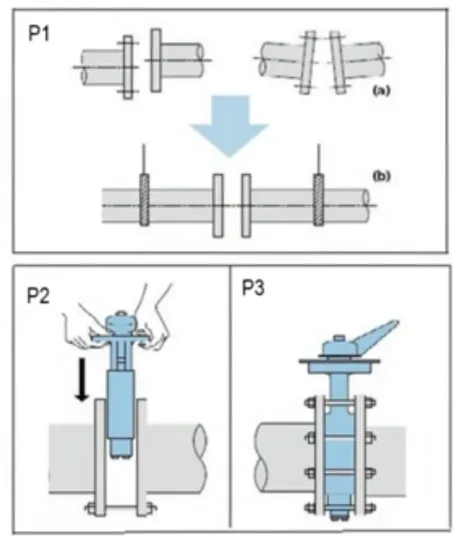types of plumbing pipes and fittings
Types of Plumbing Pipes and Fittings
Plumbing is a vital aspect of modern infrastructure, ensuring that water flows through our homes and businesses while waste is safely removed. An essential part of this system is the variety of pipes and fittings used. Each type has its own unique characteristics, advantages, and applications. Understanding these can help homeowners and builders make informed decisions when planning plumbing systems.
1. PVC Pipes
Polyvinyl Chloride (PVC) pipes are one of the most commonly used materials in plumbing. Known for their durability and light weight, PVC pipes are resistant to corrosion and chemicals, making them ideal for transporting potable water, sewage, and rainwater. They come in different diameters and can be used for various applications, including irrigation and drainage. The installation process is straightforward, typically involving glued joints, which makes it easy for DIY enthusiasts.
Advantages - Affordable and widely available - Lightweight and easy to handle - Resistant to corrosion and chemical damage
Disadvantages - Can warp under extreme heat - Not suitable for hot water applications
2. CPVC Pipes
Chlorinated Polyvinyl Chloride (CPVC) pipes are similar to PVC but have undergone chlorination to enhance their heat resistance. This makes CPVC suitable for hot water applications, such as in residential water systems. The installation process is similar to that of PVC pipes, and they also come in various sizes for different plumbing needs.
Advantages - Suitable for hot and cold water distribution - Resistant to corrosion and scaling - Low thermal conductivity
Disadvantages - More expensive than PVC - Requires special adhesives for joining
3. PEX Pipes
Cross-Linked Polyethylene (PEX) pipes have become increasingly popular due to their flexibility and ease of installation. PEX can expand and contract without cracking, making it ideal for areas with fluctuating temperatures. It is often used for both hot and cold water supply lines and can be snaked through walls, reducing the need for numerous fittings and joints.
Advantages - Flexible, allowing for easy installation - Resistant to scale and chlorine - Less likely to crack in freezing temperatures
types of plumbing pipes and fittings

Disadvantages - Cannot be used outdoors without adequate protection from UV light - Needs special fittings and tools for connections
4. Copper Pipes
Copper has been a long-standing choice in plumbing due to its durability and reliability. Copper pipes can withstand high temperatures and pressure, making them suitable for both hot and cold water distribution. They are also antimicrobial, which helps prevent the growth of harmful bacteria.
Advantages - Long-lasting and durable - Resistant to corrosion and bacteria - Can handle high temperatures
Disadvantages - More expensive than plastic alternatives - Requires soldering for joints, which can be labor-intensive
5. Galvanized Steel Pipes
Galvanized steel pipes were once the standard for water supply lines. They are coated with zinc to prevent corrosion; however, over time, the coating can wear off, leading to rust and potential contamination of the water supply. While still found in older homes, they are less commonly used in modern plumbing.
Advantages - Extremely durable and strong - Resistant to impact - Can handle high pressure
Disadvantages - Heavy and difficult to install - Prone to rust and corrosion over time
6. Fittings
In addition to pipes, various fittings are essential for creating a functional plumbing system. Fittings come in various shapes, including elbows, tees, couplings, and reducers, allowing pipes to connect, bend, and branch. Selecting the right fittings is crucial for ensuring the integrity and performance of the plumbing system.
Conclusion
Choosing the right type of plumbing pipes and fittings is crucial for the long-term effectiveness and safety of any water system. Understanding the properties and applications of materials like PVC, CPVC, PEX, copper, and galvanized steel can help homeowners and contractors select the best options for their individual needs. With proper installation and maintenance, plumbing systems can provide reliable service for many years to come.
-
The Key to Fluid Control: Exploring the Advantages of Ball Valves in Industrial SystemsNewsJul.09,2025
-
The Versatile World of 1, 2, and 3 Piece Ball ValvesNewsJul.09,2025
-
Stainless Steel Ball Valves: The Ideal Choice for Efficient Flow ControlNewsJul.09,2025
-
Optimizing Fluid Control with Ball Float ValvesNewsJul.09,2025
-
Manual Gate Valves: Essential for Control and EfficiencyNewsJul.09,2025
-
Everything You Need to Know About Butterfly ValvesNewsJul.09,2025
-
The Versatility of Wafer Type Butterfly ValvesNewsJul.08,2025




